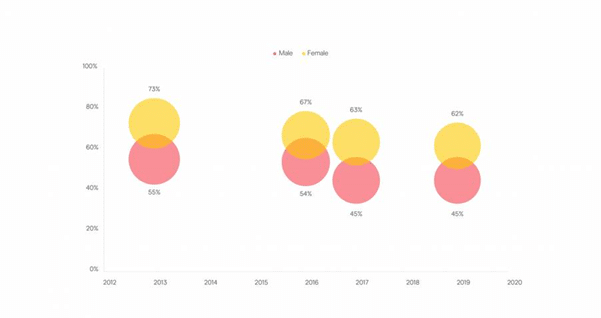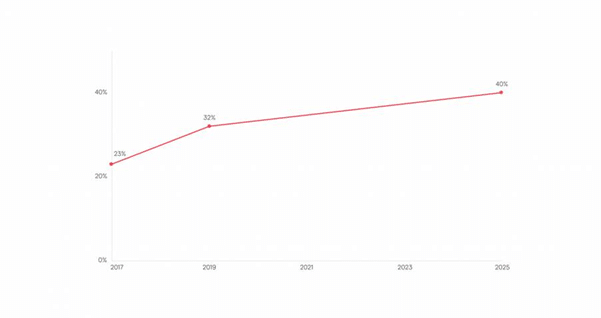
According to the latest insights from the Data & Marketing Association (DMA), a third of customers (34%) are demanding more tailored and alternative benefits for their loyalty instead of points – the strongest appeal coming from Millennials and Centennials.
The ‘Future Trends: Paid-for Loyalty’ research is the latest in out Future Trends series, part of the DMA’s 2020 Customer Engagement campaign in collaboration with Collinson, dotdigital, Paragon Customer Communications and in partnership with Foresight Factory.
Considering the constantly expanding range of offers in a highly competitive market, consumers are increasingly focused on ensuring that the engagement with brands is worth it.
For customers to stay loyal, brands are challenged to rethink their reward strategies as consumers expect their loyalty to be recognised across more metrics than just spend alone.
Loyalty is changing, but the opportunities remain
The appetite for loyalty and reward points is somewhat saturated as people are demanding benefits fulfil their needs. This is clearly visible when observing the declining influence of loyalty cards over the last decade, with both women’s (62%) and men’s (45%) perceived value in them falling.
I really value the benefits I get from loyalty cards

Paid-for loyalty programmes are increasingly popular
Amazon Prime is probably the best known, long-term example of paid-for loyalty* and it’s been hugely successful.
The proportion of UK consumers who subscribe to, or have access to, unlimited next-day delivery (not just via Amazon) has increased from 23% in 2017 to 32% in 2019. Most recently, there has been a rapid increase in adoption among those aged over 75 of this service.
Foresight Factory forecast this to increase to 40% by 2025, with a further 18% interested (according to the figures) in subscribing meaning this could continue to grow.
Access to a paid unlimited next-day delivery service
“Harnessing consumer data to make programmes more engaging, personalised and effective is the key to success. People are willing to pay a premium for things that make their shopping, and their life in general, easier,” said Tim Bond, Head of Insight at the DMA. “Paid-for loyalty programmes are gaining considerable traction among consumers and is an area where we expect to see more innovation and growth.”
The future of loyalty points?
The DMA recently found that nearly 60% of consumers who categorise their loyalty to their favourite brand as genuine, named brand social responsibility as a reason for their loyalty.

Consequently, brands could offer the opportunity to turn loyalty points into eco-friendly or ethical rewards, allowing members to choose rewards that support selected social causes or environmental programmes (e.g. carbon offsetting, tree-planting, ocean clean-ups).
Bond added: “Ultimately, having a ‘shared social responsibility’ could appeal to those who wouldn’t normally think to donate to such activities and will strengthen the emotional connection between the consumer and the brand.”
To read more about the DMA’s new research, including the full ‘Future Trends: Paid-for Loyalty’ research, visit the DMA website: https://dma.org.uk/research/future-trends-2020
